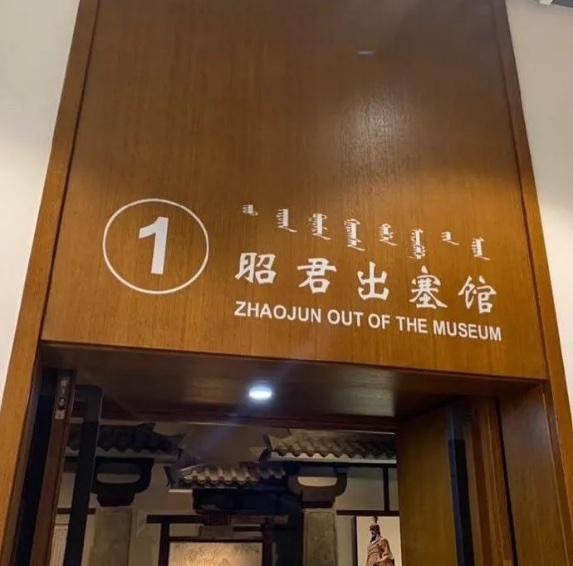Mount a chariot
This has always been a bone of contention with me ever since I started studying Buddhology and Sinology in the late 60s and early 70s, when everybody I knew — Chinese and foreigners, scholars and laypersons alike — pronounced 大乘 and 小乘, the Chinese equivalents of Mahāyāna and Hīnayāna, respectively as dàchéng and xiǎochéng. But that didn't make sense to me, since Mahayana means "Great Vehicle" and Hīnayāna means "Small Vehicle", i.e., modifier + noun construction, so I formed the opinion that, in Modern Standard Mandarin (MSM) they should be pronounced as dàshèng and xiǎoshèng. Consequently, I began to use these pronunciations — dàshèng and xiǎoshèng — for Mahayana and Hinayana, rather than dàchéng and xiǎochéng. At first it seemed odd, causing editors and reviewers to "correct" me. Slowly, however, over the decades, other scholars began to adopt these readings, dàshèng and xiǎoshèng, until now most knowledgeable Buddhist specialists use them, although the lay public, by and large, still pronounce them dàchéng and xiǎochéng.
Read the rest of this entry »
